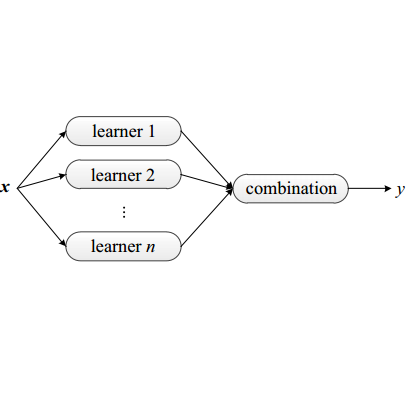For the dramatic increase of Android malware and low efficiency of manual check process, deep learning methods started to be an auxiliary means for Android malware detection these years. However, these models are highly dependent on the quality of datasets, and perform unsatisfactory results when the quality of training data is not good enough. In the real world, the quality of datasets without manually check cannot be guaranteed, even Google Play may contain malicious applications, which will cause the trained model failure. To address the challenge, we propose a robust Android malware detection approach based on selective ensemble learning, trying to provide an effective solution not that limited to the quality of datasets. The proposed model utilizes genetic algorithm to help find the best combination of the component learners and improve robustness of the model. Our results show that the proposed approach achieves a more robust performance than other approaches in the same area.
翻译:对于Android恶意软件的急剧增加和人工检查过程的低效率,深层次的学习方法开始成为这些年来发现Android恶意软件的辅助手段。 但是,这些模型高度依赖数据集的质量,如果培训数据的质量不够好,则效果不尽人意。 在现实世界中,没有人工检查的数据集的质量得不到保证,甚至连Google Play也可能包含恶意应用程序,这将导致经过培训的模型失败。为了应对这一挑战,我们提议了一种基于选择性组合学习的强健的和机器人恶意软件的检测方法,试图提供一种不局限于数据集质量的有效解决方案。提议的模型利用基因算法帮助找到各组成部分学习者的最佳组合,并提高模型的稳健性。我们的结果显示,拟议的方法在同一个领域比其他方法取得更强有力的绩效。



